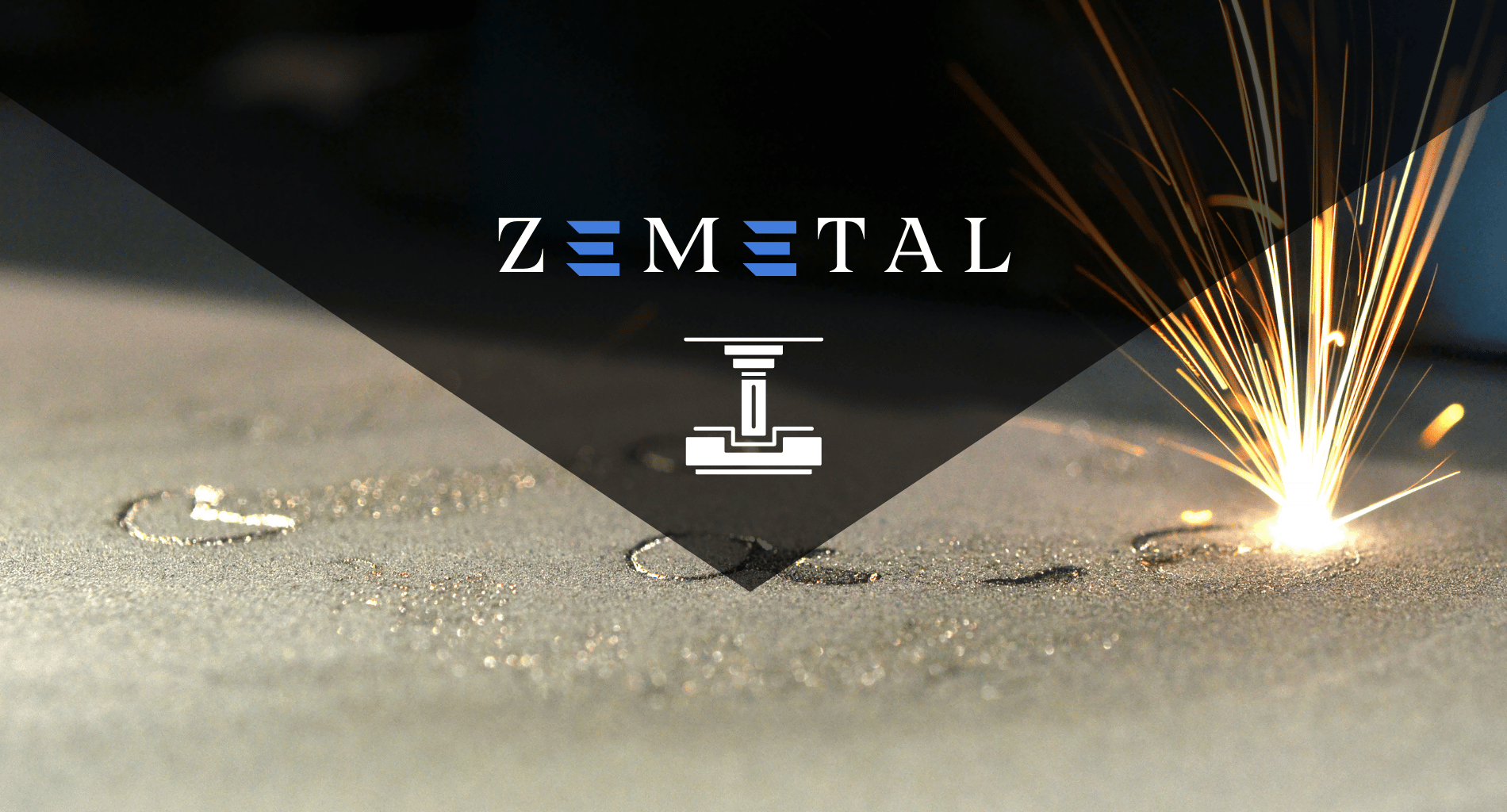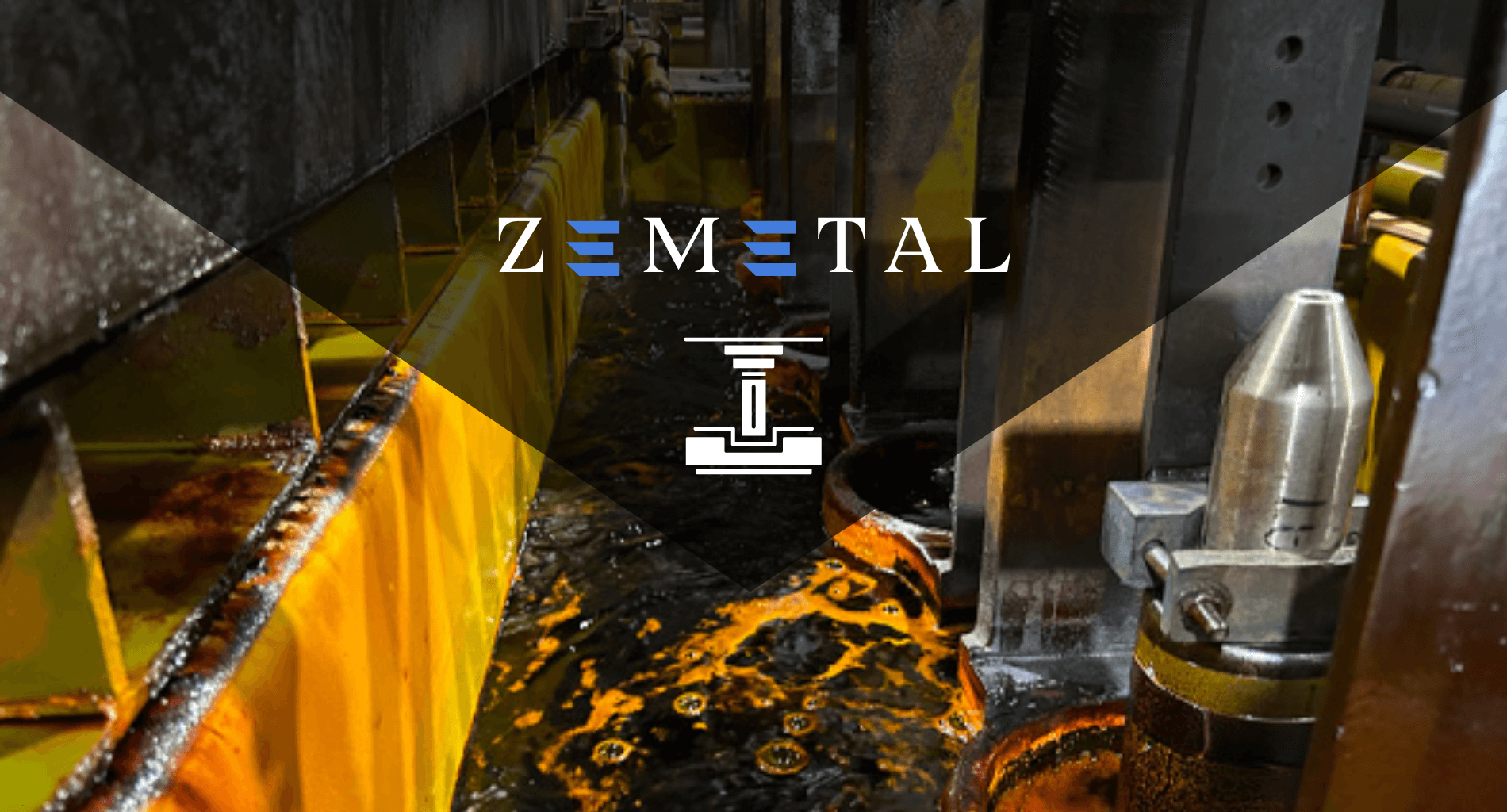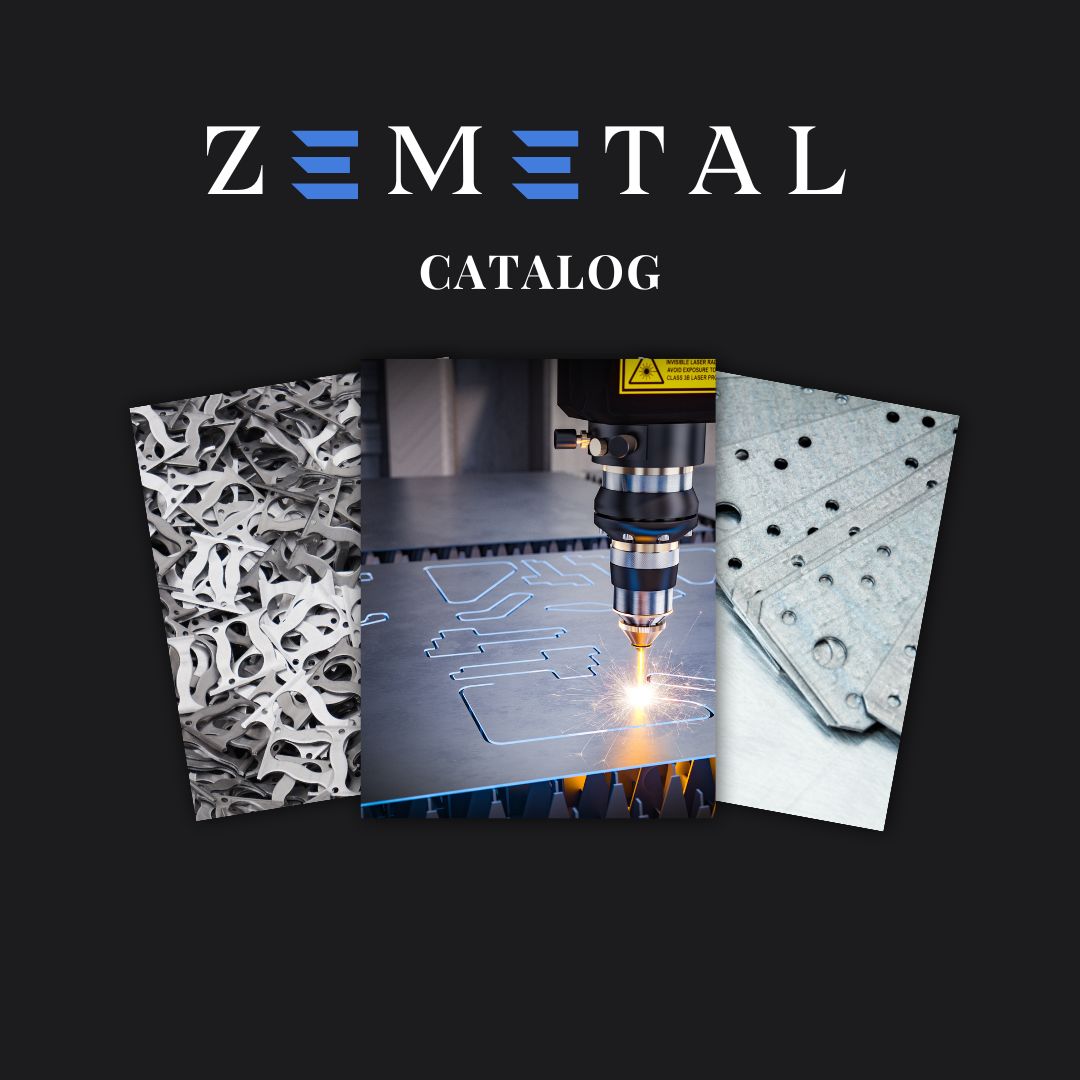How does your business ensure its metal products stand out in a competitive market? An exceptional method might set your business apart in the aggressive market.
As a seasoned expert in the field of metal fabrication, my insights are grounded in years of hands-on experience and a deep understanding of industry practices. That will help you comprehend and effectively utilize this method in your business operations.
When it comes to natural anodised finishes, they not only offer a sleek, durable surface but also protect against corrosion and wear. Their fine elegance can elevate any product.
In this guide, you’ll discover everything from the basics of natural anodising to its various applications and benefits. Whether you’re new to the process or looking to deepen your understanding, this guide is designed to provide a comprehensive overview.
Read on to unlock the potential of natural anodising for your business.
1. The Science Behind Natural Anodizing
Natural anodising is a sophisticated electrochemical process that converts the metal surface into a decorative, durable, corrosion-resistant, anodic oxide finish. Amazingly, this is achieved by enhancing the natural oxide layer on the surface of metal parts. Specifically, in natural anodising, aluminum is the most commonly treated metal, where the process thickens the naturally occurring oxide layer on its surface.
The process involves submerging the aluminum into an acid electrolyte bath and passing an electric current through the medium. This current causes the aluminum’s surface to oxidize, forming a layer of aluminum oxide. Notably, this layer is fully integrated with the underlying aluminum substrate, so it doesn’t chip or peel, providing a highly durable surface that can last for decades.
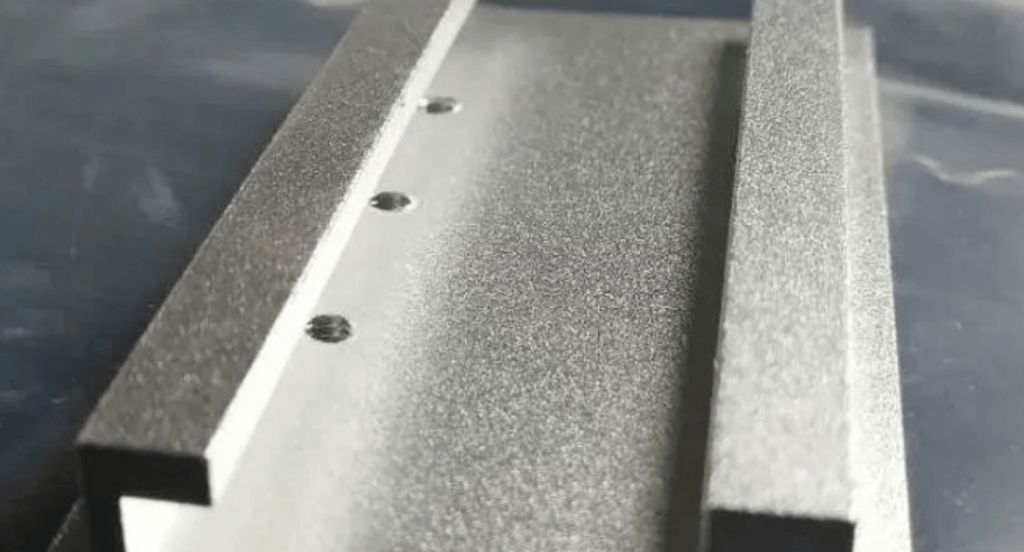
2. Benefits of Natural Anodized Finishes
Building on the scientific foundation of natural anodising, it’s clear that this process is a significant enhancement to metal’s performance. Here are some of the key benefits that natural anodised finishes bring:
Durability and Longevity
Natural anodised finishes are renowned for their hard, durable surface, which resists scratches and wear. This finish doesn’t peel or chip, making it ideal for high-traffic areas or components that undergo regular handling. The anodised layer is fused with aluminum, ensuring a long-lasting finish that can significantly extend the lifespan of the product.
Aesthetic Appeal
Anodising provides a sleek, metallic sheen that brings a high-end look to any product. The process allows for a range of natural color variations, from deep blacks to rich metallic hues, without using dyes or paints. This means the finish won’t fade over time and will maintain its shiny appearance, enhancing the overall aesthetic of the metal piece.
This table highlights the aesthetic benefits of anodizing, focusing on how it enhances the visual appeal of metal products through its unique color and finish qualities.
| Aspect | Description | Impact on Aesthetics |
| Sleek Metallic Sheen | Provides a high-end, reflective surface | Elevates product luxury and appeal |
| Natural Color Variation | Offers a range of colors without dyes or paints | Adds depth and richness to the finish |
| Fade Resistance | Ensures long-lasting color stability | Preserves appearance over time |
| Durability of Finish | Resistant to wear, maintaining aesthetic quality | Keeps products looking new longer |
| Environmental Friendliness | No harmful chemicals used in coloration | Appeals to eco-conscious consumers |
Improved Corrosion Resistance
One of the most practical benefits of natural anodised finishes is the enhanced corrosion resistance. The thick oxide layer acts as a barrier against environmental elements, preventing rust and corrosion. For example, anodised aluminum is ideal for marine applications where the metal is exposed to harsh, salty water, significantly reducing the rate of corrosion and extending the material’s usability in challenging conditions.
3. Materials Suitable for Natural Anodizing
While the benefits of natural anodized finishes are substantial, not all materials are suitable for this process. Understanding which metals can undergo natural anodizing is crucial for achieving optimum results. Here are some materials worth exploring:
Aluminum
Aluminum is the most common and suitable material for natural anodizing. As per Strait Research, aluminum is expected to register a CAGR of 6.1% in 10 years. Its natural affinity for oxide formation makes it an ideal candidate for natural anodising. The process thickens the protective layer, enhancing the aluminum’s natural corrosion resistance and wear properties reflecting to its market growth for the past years.
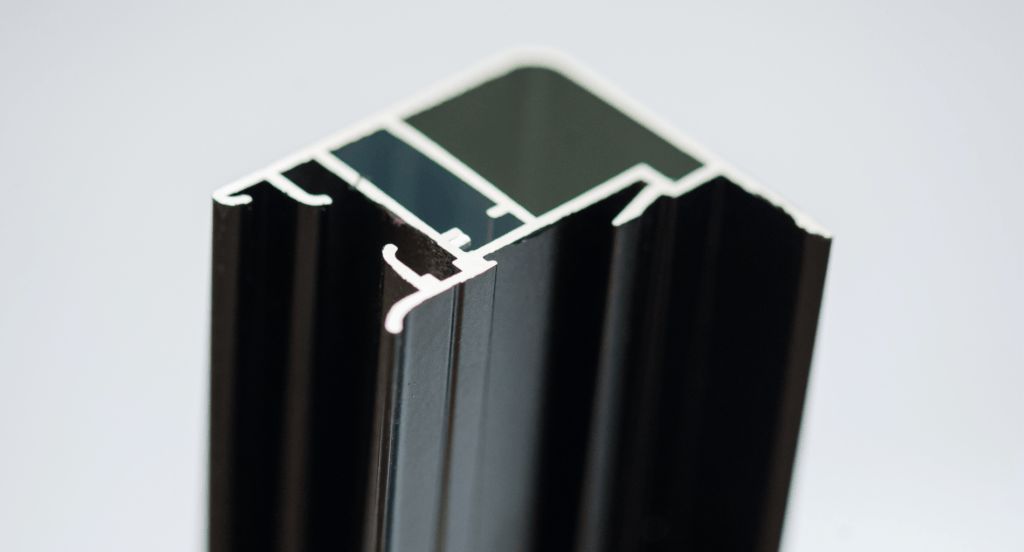
Titanium
Titanium is another material that responds well to the anodizing process, although the results differ from aluminum. Anodizing titanium can produce a range of colors without dyes due to the refractive properties of the oxide layer. This makes it particularly valuable for decorative purposes while also improving the surface’s wear and corrosion resistance.
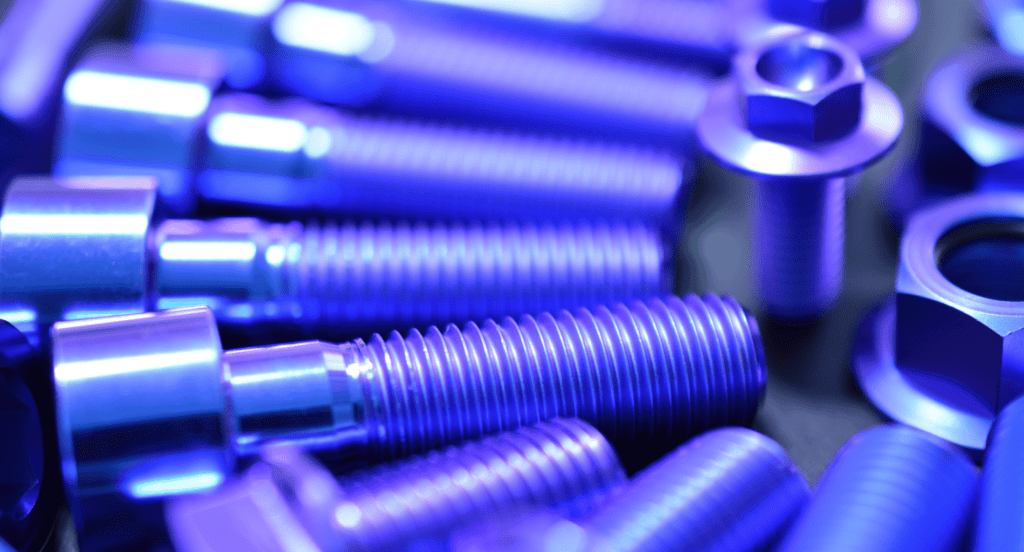
Magnesium
Magnesium, while less common, can also be anodized to improve its corrosion resistance and surface hardness. However, magnesium anodizing is more complex and less widely used than aluminum or titanium. It’s typically reserved for specific applications where the lightweight properties of magnesium are essential, and the additional surface protection is beneficial.
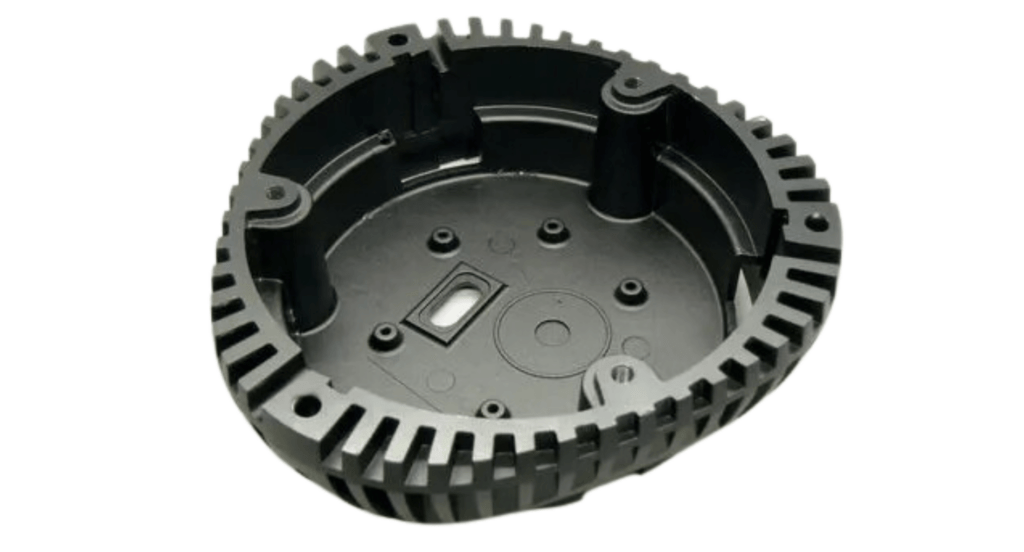
4. The Natural Anodizing Process
Transitioning from the materials that suits to anodizing, it’s essential to understand the step-by-step process that transforms these metals into durable and pleasing components. Here are the steps involved in this process:
Step#1 Cleaning
The first step in the anodizing process is thoroughly cleaning the metal surface. Any contaminants, oils, or debris are removed to ensure the anodizing is uniform and effective. Zemetal does this stage by using chemical solvents or alkaline solutions, followed by a thorough rinse to ensure the surface is perfectly clean and ready for anodizing.
Step#2 Pre-Treatment
Before anodizing, the metal might undergo a pre-treatment process to enhance the final appearance. For aluminum, this could be a brightening treatment that smooths the surface to achieve a more reflective finish. This step is crucial for achieving the desired look and can vary depending on the specific requirements of the project.
Step#3 Anodizing
During the anodizing process, the clean metal is submerged in an acid electrolyte bath and connected to a positive electrical charge, with a negative charge applied to conductive plates in the solution. An electrical current flows through the bath, causing the metal’s surface to oxidize and form a protective anodic oxide layer. The thickness of this layer can be controlled by adjusting the time, temperature, and voltage.
Step#4 Coloring (Optional)
While natural anodizing doesn’t typically involve colors, there’s an option to add dyes or pigments during the process for those who desire a tinted finish. The absorbent nature of the anodized layer allows it to absorb dyes before it’s sealed, offering a range of color possibilities. However, for a true natural anodized look, this step is skipped to retain the metal’s original hue.
Step#5 Sealing
The final step is sealing the anodized layer to enhance its corrosion resistance and ensure the durability of the finish. This is typically done by hydrating the anodic layer in boiling deionized water or steam. This process closes the pores in the anodic layer, locking in the finish and preparing the metal for use in even the most demanding applications.
5. Applications of Natural Anodised Surfaces
After exploring the process of natural anodizing, it’s clear that the resulting finishes have a wide range of applications, each harnessing the unique benefits of the treatment. Here’s how natural anodises are applied:
Architectural Structures
Natural anodised aluminum is a popular choice in the architectural field due to its durability and aesthetic appeal. It’s used for building facades, window frames, door frames, and roofing materials. The anodised layer protects against weathering and corrosion, while the metallic sheen provides a modern, sleek look to structures. Its lightweight nature also makes it ideal for high-rise buildings where weight is a critical factor.
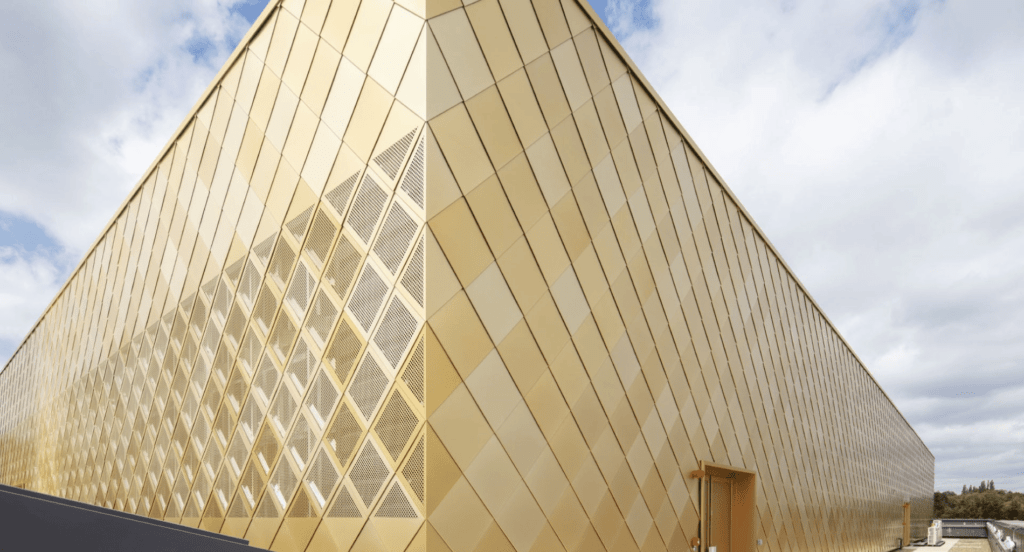
Automotive Components
In the automotive industry, natural anodised surfaces are prized for their resistance to wear and corrosion. Components like trim, handles, and various engine parts are often anodised to extend their lifespan and improve their appearance. The process is particularly beneficial for parts exposed to harsh conditions, where it helps prevent rust and maintain the vehicle’s aesthetic integrity.
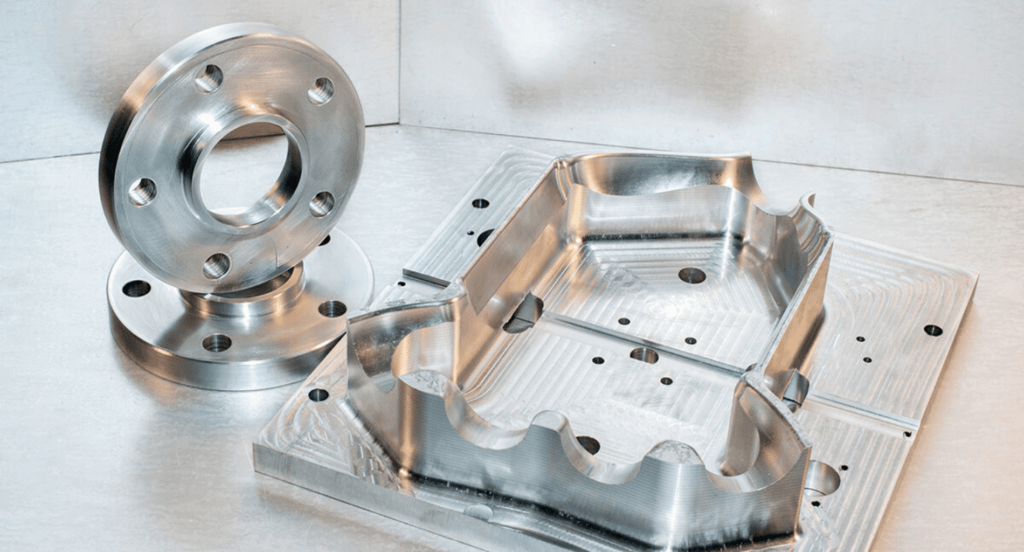
Consumer Electronics
The sleek, metallic finish of natural anodised aluminum is synonymous with many consumer electronics, particularly in premium devices. It’s used for casings, keyboards, and other components, providing a durable, scratch-resistant surface that feels premium to the touch. The anodising process allows for thin yet robust components, perfect for the compact, sleek design of modern gadgets.
6. Advancements in Natural Anodising Techniques
As the applications of natural anodised surfaces expand, same as the techniques used to create them. Recent advancements have made the process more efficient and versatile. Let’s explore these advancements below:
Pulse Anodizing
Pulse anodizing is a modern technique that uses pulsed electric currents to create a more uniform and dense oxide layer. This method allows for faster build-up of the anodic layer and greater control over the thickness and properties of the finish. It results in a more durable and consistent coating, especially beneficial for complex shapes and sizes, ensuring every part of the surface is evenly anodized.
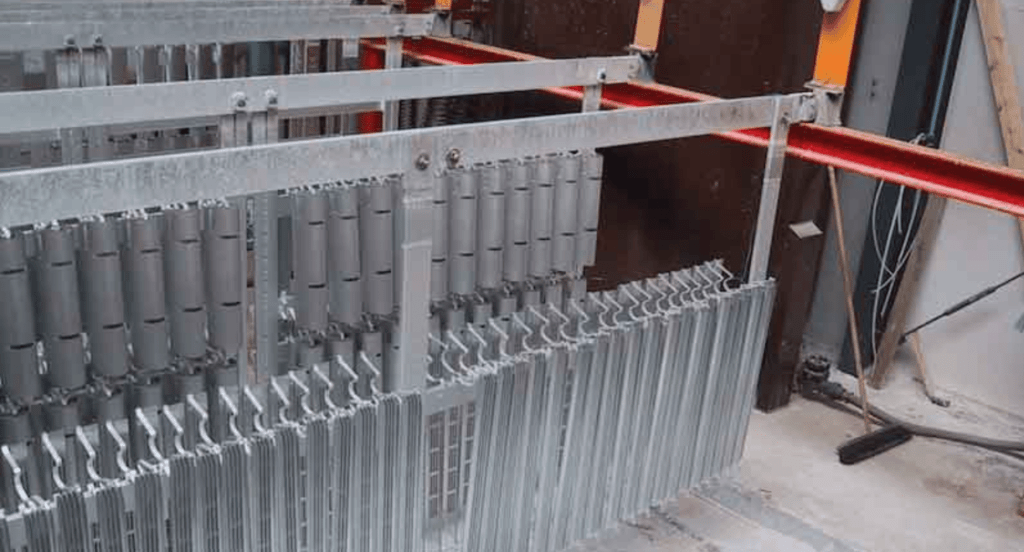
Cold Sealing Technology
Traditional sealing processes involve hot water or steam, consuming significant energy. Cold sealing technology, a recent advancement, seals the anodic pores at lower temperatures, significantly reducing energy consumption. This process not only offers environmental benefits but also provides enhanced corrosion resistance and can be particularly useful for parts that might be sensitive to heat.
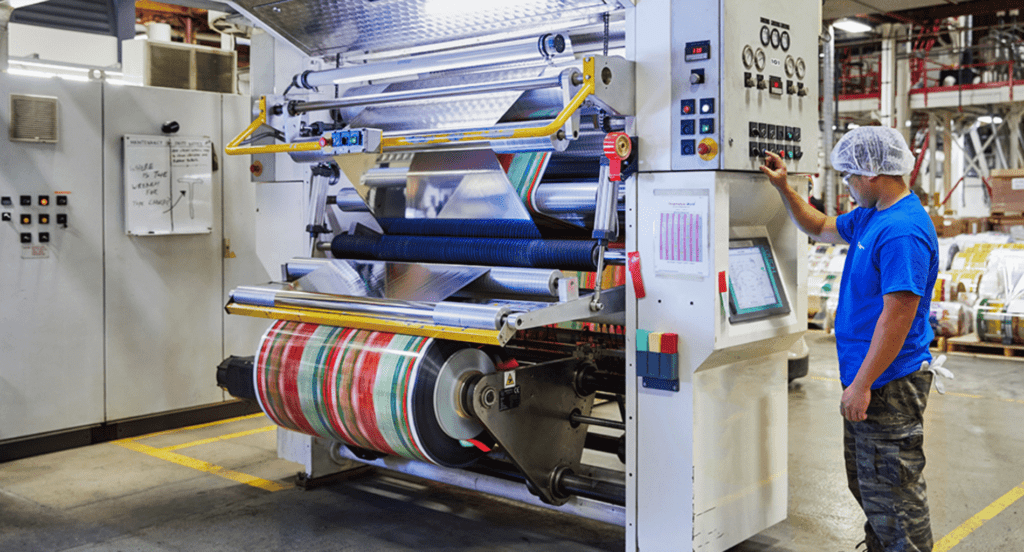
Eco-friendly Chemical Alternatives
In response to environmental concerns, there has been a shift towards using eco-friendly chemicals in the anodizing process. Zemetal is developing alternatives to traditional acids and chemicals that are less toxic and more sustainable. These new formulations reduce hazardous waste and improve worker safety, aligning the anodizing process with greener manufacturing standards without compromising on quality.
7. 3 Maintenance Tips for Natural Anodised Surfaces
With the advancements in natural anodising techniques enhancing the durability of metal surfaces, proper maintenance is key to preserving these qualities. Here are some effective tips to ensure that anodised surfaces remain for years:
#1 Regular Cleaning
Regular cleaning is essential to maintain the appearance and integrity of anodised surfaces. Use mild detergent and warm water to gently clean the surface, avoiding abrasive materials that can scratch or damage the anodic layer. For example, anodised aluminum window frames should be cleaned periodically to remove dirt and grime, preserving their sheen and protective properties.
#2 Immediate Stain Treatment
If spills or stains occur on anodised surfaces, it’s important to address them immediately. Prolonged exposure to harsh substances can lead to discoloration or damage. Gently blotting the spill with a soft, damp cloth can prevent stains from setting in, especially on items like anodised aluminum cookware where food and grease can be common culprits.
#3 Protective Measures
To extend the lifespan of anodised surfaces, take preventive measures against scratches and abrasions. Use protective pads under objects that may slide or move, and avoid placing sharp items directly on the surface. In environments where the anodised surface is prone to heavy wear, such as on a factory floor, implementing protective barriers or walkways can significantly reduce the risk of damage.
8. Factors to Consider When Choosing Natural Anodised Finishes
Maintenance for natural anodised surfaces is crucial, but equally important is choosing the right type of finish for your specific needs. Here are some key factors to consider when selecting an optimum finish:
Intended Use
Consider the environment and application where the anodised finish will be used. For high-traffic areas or outdoor applications, a thicker anodised layer may be necessary to withstand wear and weather conditions. In contrast, interior or decorative uses might prioritize aesthetics and may not require as thick a layer. Tailor your approach to anodising to meet the specific demands of your clients’ projects, ensuring durability always.
Alloy Composition
The specific aluminum alloy used significantly impacts the final appearance and quality of the anodised finish. Different alloys can anodise differently, affecting color consistency and durability. Before selecting an anodised finish, ensure the aluminum alloy you’re working with is suitable for anodising and will deliver the desired results.
Post-Anodising Treatment Options
Consider any post-anodising treatments you might require, such as sealing or coloring. Some finishes might need additional treatments to meet specific aesthetic or functional needs, like enhanced corrosion resistance or surface hardness. Understanding these additional processes and their compatibility with the natural anodised finish is vital for achieving the desired outcome.
Conclusion
This guide has provided a comprehensive overview of natural anodising, illustrating its importance and versatility in metal fabrication. Understanding these processes and factors ensures you make informed decisions for your projects.
If you’re looking to enhance your products with high-quality natural anodised finishes, Zemetal is here to assist you. Discover more services and solutions tailored for your needs, contact us for an expert guidance.
Dive Deeper Into Our Resources
Looking for more diverse service options? Browse through our handpicked selections:
For some insightful reads, we’ve curated a list of recommended articles just for you:
Still haven’t found what you’re looking for? Don’t hesitate to contact us. We’re available around the clock to assist you.


